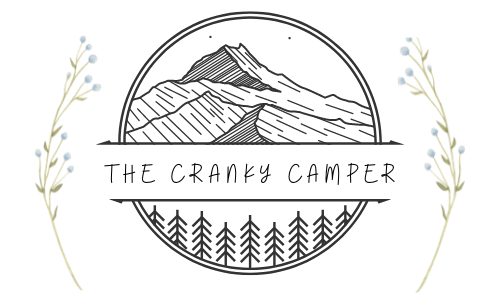
Death Valley is a desert landscape of countless natural wonders. From the vast salt flats and the lowest point in North America and the rugged canyons carved by erosion from uplifted rock material, there are many opportunities for geological exploration and recreation. There are also sand dunes, thanks to wind erosion. Sand is picked up from the canyons and deposited by prevailing winds. When the sand is dropped and contained by landforms such as mountains, over time the sand collects and forms dunes.
While only about one percent of the park is sand dunes, according to the NPS, there are several areas in the vast desert where dunes can be found. Panamint and Ibex Dunes are accessible by relatively short hikes from the road, and are a ways from Furnace Creek. While picturesque, sandboarding and other recreation activities are prohibited to protect the flora and fauna of the areas. Eureka Dunes are said to be very photogenic, however the drive to the dunes is quite long, and involves driving a significant distance (44 miles or 21 miles, depending on the direction you’re coming from) over graded dirt road. Here, sandboarding is also not permitted.
The two areas where recreation is permitted are Saline Valley and Mesquite Flat. We visited Mesquite Flat on the last day of our Death Valley adventure, and it was a blast. With dunes reaching a height of up to 100 feet, it is a paradise for those who enjoy sledding on sand. With a backdrop of the Panamint Mountains and the bright blue skies above, the area was a scenic spot for playing in the dunes.

We scored a parking spot in the lot and headed out to the dunes. While on the trail, a couple who had finished sledding offered us their disc sled. We were thankful for this; we had intended to bring the sleds we had purchased in Utah years ago and had forgotten them while packing the van. After offering our thank-yous, we walked on, stopping to observe the flowering mesquite punctuating the landscape.

The sled was shared among the Scouts and the parents to slide down the taller dunes. While waiting a turn on the sled, it was fun to roll down the dunes and recalling those childhood moments of bygone days when we’d race down the hills at school.
The late February day was perfect. The weather was still mild, and the sunny day was the type made for basking and relaxing. I enjoyed being able to lie on the sandy mounds and take a mini nap as a gentle breeze made its way across Mesquite Flat. It was very pleasant, and the boys were having fun. But alas, it was eventually time to head out. Mesquite Flat was the last major stop on our Death Valley adventure weekend, and I was a little sad to leave it. But the long weekend was coming to an end, and it was time to head home and prep for the week ahead. I was glad to be able to visit, and I hope to return soon. Unlike the old advertising posters, Death Valley in the late winter and early spring is not representative of the abode of the damned but rather a little slice of adventurer’s heaven.
Bonus spot: Natural Bridge

After visiting Badwater Basin the day prior, we stopped at Natural Bridge on the way back to the visitor center. After enjoying a sandwich buffet in the parking area, we trekked out about a half-mile and came to a 35-foot tall arched rock formation- the Natural Bridge. Unlike the arches of Arches National Park and others in Utah formed from smoother sandstone, Death Valley’s Natural Bridge was formed from the rocky alluvial deposits containing rock and gravel. Hikers can continue up the canyon and view more interesting geology, however we stopped at the arch and allowed the kids to climb for a bit. Climbing on the bridge itself is not permitted, but there were many other formations the kids were allowed to explore.

Some things to consider:
While the weather was pleasant in the early spring, Death Valley is known for extreme temperatures. Be sure to check weather conditions before heading out and follow park ranger recommendations.
There is no cell service in the park, It is wonderful to be able to disconnect from constant demands and reconnect with nature, but there are some drawbacks. If there is an emergency, be prepared. I carry jumper cables and small tools in my car kit as well as a gallon container of water just in case. There was a family who had locked their keys in the car, and my cutting tool and the help of the old Scoutmaster came in handy with helping them break a window to get in.
Follow Leave No Trace principles. It took a long time for the cool geology of the park to form. It doesn’t take much for us to damage it. Take only photos, leave only footprints, and kill only time.
Pets are not allowed on any trail, even if carried. This is to protect the sensitive environment of the park. There are some lovely roads where dogs are allowed to hike in Death Valley.
This trek was definitely an adventure to remember. I was so happy to be able to spend some time in the beautiful desert, which was very much alive in its own right. For more information, the National Park Service is a great place to start and is where much of the specific information on my blog posts comes from. Thank you for adventuring with me. Happy trails!


